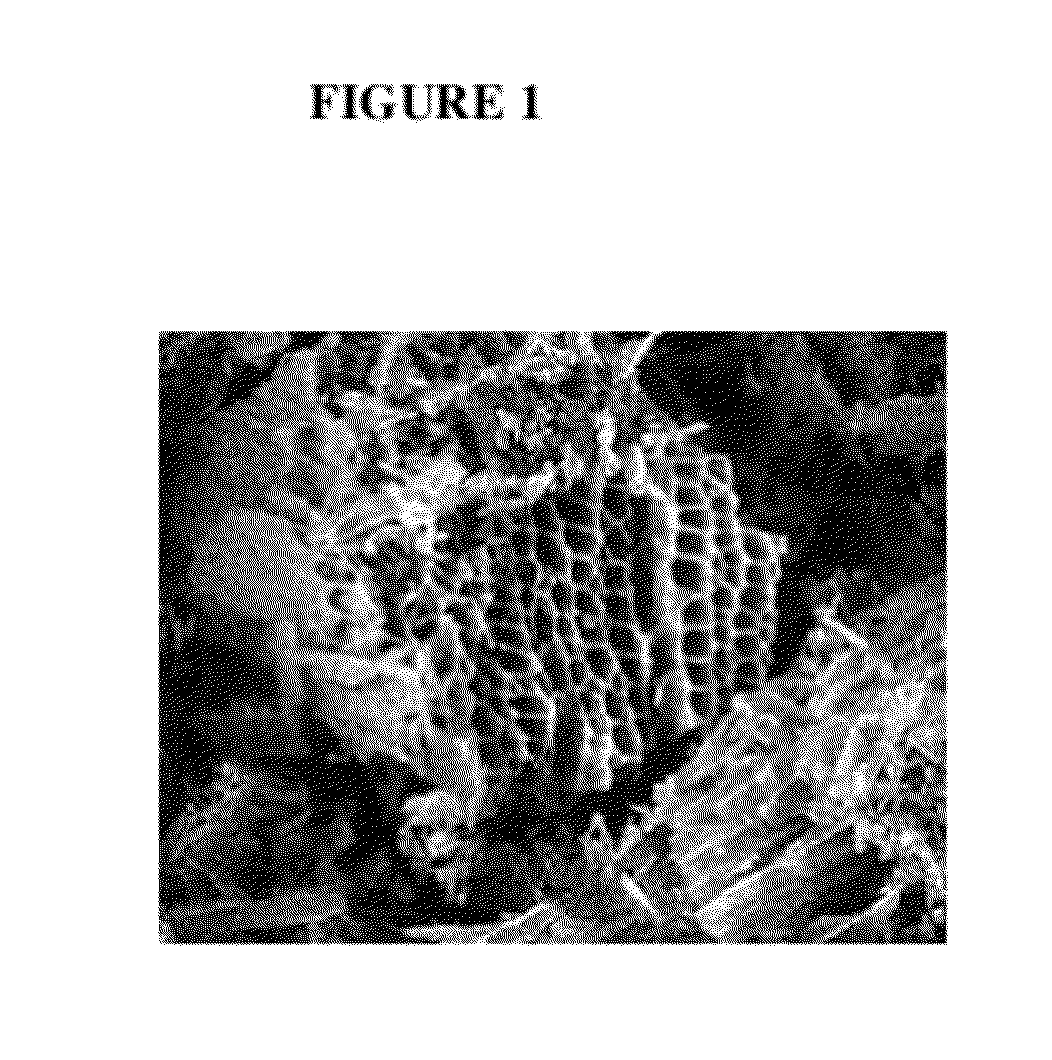Activated carbon associated with alkaline or alkali iodide
a technology of activated carbon and alkali iodide, which is applied in the field of activated carbon filters and slurries, can solve the problems of difficult classification of activated carbon, difficult to classify, and difficult to use pac in dedicated vessels, etc., and achieves the effect of regenerating the activity in the iac and high effective in freeing materials
- Summary
- Abstract
- Description
- Claims
- Application Information
AI Technical Summary
Benefits of technology
Problems solved by technology
Method used
Image
Examples
Embodiment Construction
[0059]Carbon filters and especially activated carbon filters are capable of removing contaminants from fluid media (aqueous or liquid media). Among the species of contaminants are selected from the group consisting essentially of basic, acidic and hydrocarbon species. Other contaminants may include metal, semimetals, and ionic species. Any material that can be temporarily adsorbed or adsorbed by activated carbon by electrical forces (including Van der Waals forces) should be capable of removal by treatment according to the technology described herein.
[0060]The present technology includes a method of filtering contaminants from a fluid stream by:
[0061]providing a filter material comprising both carbon and potassium iodide;
[0062]passing a contaminated fluid stream in contact with the filter material;
[0063]adsorbing contaminants from the fluid stream onto surfaces in the filter material;
[0064]passing an electric current through the filter material with adsorbed contaminant thereon;
[006...
PUM
| Property | Measurement | Unit |
|---|---|---|
| Fraction | aaaaa | aaaaa |
| Percent by mass | aaaaa | aaaaa |
| Fraction | aaaaa | aaaaa |
Abstract
Description
Claims
Application Information
 Login to View More
Login to View More - R&D
- Intellectual Property
- Life Sciences
- Materials
- Tech Scout
- Unparalleled Data Quality
- Higher Quality Content
- 60% Fewer Hallucinations
Browse by: Latest US Patents, China's latest patents, Technical Efficacy Thesaurus, Application Domain, Technology Topic, Popular Technical Reports.
© 2025 PatSnap. All rights reserved.Legal|Privacy policy|Modern Slavery Act Transparency Statement|Sitemap|About US| Contact US: help@patsnap.com


